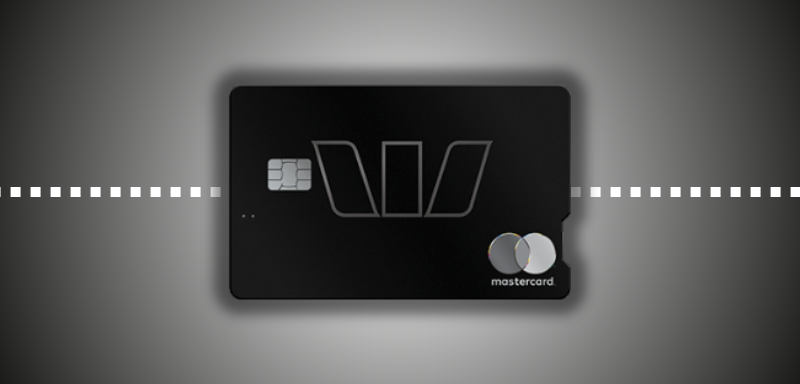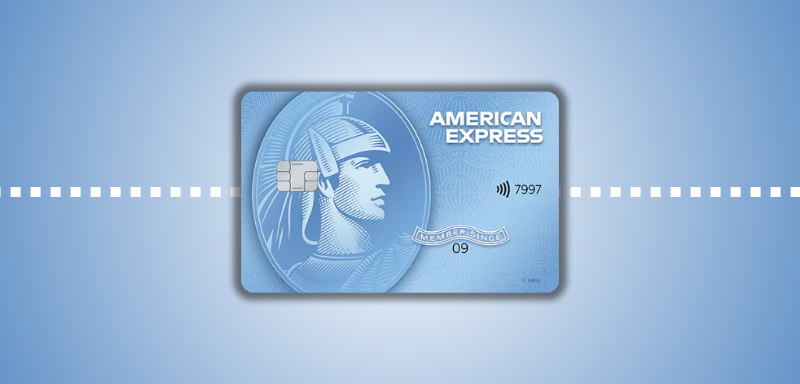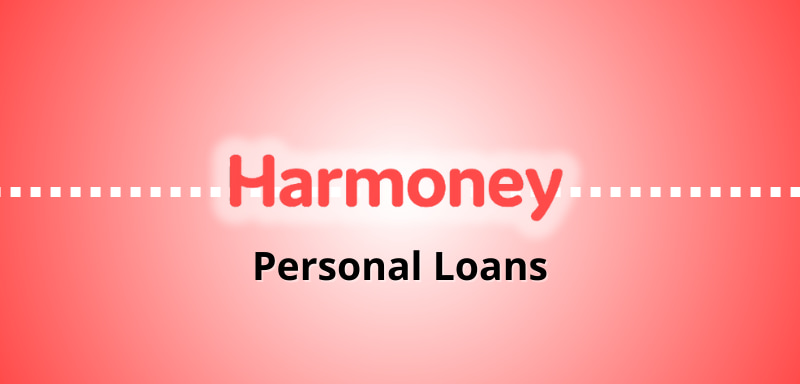Smart Financing Tips
Common Mistakes with Credit Lines and How to Avoid Them
Don’t let bad credit habits damage your finances. Discover the most frequent mistakes people make with credit lines—and the steps you can take to avoid them.
Advertisement
Smart strategies to borrow wisely and keep your finances safe

Credit lines, whether in the form of personal loans, credit cards, or financing plans, can be a helpful tool when used correctly. But misuse often leads to financial stress and long-term debt.
Many people fall into the same traps without realizing it. In this guide, we’ll uncover the most common mistakes people make with credit lines and show you practical ways to steer clear of them.
Along the way, you’ll also learn strategies that help you transform credit into an ally rather than a liability.
Overspending Beyond Your Means
One of the biggest mistakes with credit lines is treating them as free money. This mindset leads to spending more than you can repay, creating a cycle of interest charges and minimum payments that never seem to end.
Credit should extend your flexibility, not replace your income. Building awareness is key—many people don’t realize how much they spend until the bills arrive.
- Track your spending and compare it to your actual income. Use apps, spreadsheets, or even pen and paper to keep yourself accountable.
- Avoid impulse purchases by setting spending limits for wants. Give yourself a monthly allowance so you can enjoy small luxuries without overdoing it.
- Remember that credit has to be repaid—with interest if left unpaid. Keep in mind that compound interest can make balances double faster than expected.
Relying on Minimum Payments
Minimum payments may look manageable, but they’re a trap. Paying only the minimum keeps your balance high, racks up interest, and stretches repayment over years.
It’s a short-term relief that leads to long-term headaches. Many borrowers don’t realize that sticking to minimums can cost thousands more over time.
- Aim to pay more than the minimum whenever possible. Even a small increase can drastically cut repayment time.
- Use budgeting apps or reminders to schedule larger payments. Automating extra payments helps you stay consistent.
- Consider debt snowball or avalanche methods for faster payoff. These structured approaches provide motivation and long-term savings.
Ignoring Interest Rates and Fees
Another common error is overlooking the true cost of borrowing. Interest rates, annual fees, and hidden charges can significantly raise the price of using credit.
Without paying attention, you might choose a product that looks convenient but costs more over time. The wrong choice can cancel out any rewards you earn.
| Factor | Why It Matters | How to Avoid |
|---|---|---|
| Interest Rate | Determines long-term cost of borrowing | Compare APRs before applying |
| Annual/Hidden Fees | Adds to the expense, often unnoticed | Read terms carefully |
| Introductory Offers | Rates can increase after promo ends | Know when terms expire |
Always compare more than just the headline offers. A product with no annual fee but a higher interest rate might end up costing more if you carry a balance.
Using Credit for Everyday Expenses
Credit lines are useful in emergencies or big purchases, but relying on them for groceries, gas, or small bills is risky.
These small amounts pile up quickly, leaving you with a large balance that feels unmanageable. Everyday reliance on credit can mask deeper budget problems.
- Reserve credit for emergencies, planned purchases, or rewards when you can pay in full. Think of credit as a backup, not your main payment method.
- Stick to cash or debit for everyday needs. This builds discipline and prevents debt creep.
- Build an emergency fund to reduce dependence on credit. Even a few hundred dollars can help you avoid swiping your card during minor setbacks.
Applying for Too Many Credit Lines
It might feel like having multiple cards or loans gives you more flexibility, but applying for too many credit lines at once can hurt your credit score.
Each application leaves a mark, and too many accounts make managing payments harder. Juggling multiple due dates increases the risk of missed payments.
- Apply only for credit you truly need. A targeted approach keeps your profile healthy.
- Space out applications to protect your credit score. Give yourself months between new accounts.
- Close unused accounts carefully to avoid negative score impacts. Sometimes keeping older accounts open helps maintain a long credit history.
Neglecting to Read the Fine Print
The fine print often hides crucial details about rates, penalties, and benefits. Skipping this step can mean unpleasant surprises, like sudden rate hikes or fees you didn’t anticipate.
Being informed protects you from costly mistakes and keeps your expectations realistic.
- Take time to read contracts before signing. If terms feel confusing, don’t hesitate to pause.
- Ask lenders to clarify confusing terms. A reputable institution will answer your questions.
- Keep copies of agreements for reference. Having documentation makes disputes easier to resolve.
Failing to Monitor Credit Utilization
Credit utilization—the percentage of credit you use compared to your limit—plays a major role in your credit score.
High utilization signals risk to lenders and can lower your score, even if you make payments on time. Staying aware of this ratio helps you borrow strategically.
- Keep utilization under 30% of your total available credit. Lower is always better for your score.
- Pay down balances before statement dates when possible. This ensures reported balances are lower.
- Ask for a higher limit only if you can manage responsibly. More credit doesn’t mean you should spend more.
Not Having a Repayment Plan
Borrowing without a clear repayment plan is like driving without a map. Without structure, it’s easy to drift into long-term debt.
Having a repayment strategy ensures you stay on track and avoid unnecessary interest. The best repayment plans balance speed with sustainability.
- Calculate how long it will take to repay before borrowing. Run numbers to see the full picture.
- Choose repayment methods that match your budget. Aggressive approaches work only if you can maintain them.
- Revisit your plan regularly as your financial situation changes. Flexibility ensures your plan stays realistic.
Final Thoughts on Using Credit Wisely
Credit lines aren’t inherently bad—they’re powerful financial tools when used correctly. The key is to avoid common mistakes like overspending, ignoring fees, or depending on minimum payments.
By borrowing with intention, creating repayment strategies, and monitoring your usage, you can keep credit working for you instead of against you.
Smart habits today protect your financial freedom tomorrow. When you take the time to understand how credit functions and apply consistent discipline, you create a healthier relationship with money that benefits you for years to come.
Trending Topics

SocietyOne Personal Loans Review: A loan that fits you!
Borrow smarter with SocietyOne Personal Loans. Enjoy personalised rates, no monthly fees, and quick online process. Get your rate in minutes!
Keep ReadingComprehensive Guide to the Top 7 Student Loan Refinance Options: Expert Analysis and In-Depth Comparison
Keep Reading

Westpac Altitude Rewards Black Credit Card review: Premier Travel Perks!
Travel smarter with the Westpac Altitude Rewards Black Card. Earn points, enjoy lounge access, and benefit from extensive insurance coverage.
Keep ReadingYou may also like

American Express Low Rate Credit Card Review for Savvy Spenders!
Discover the features of the American Express Low Rate Credit Card and see how it can save you money with low-interest rates!
Keep Reading
Australia’s Life Insurance Guide: Policies, Providers, and Tips
Find out how life insurance policies work in Australia. Compare benefits, drawbacks, and providers to make smarter choices.
Keep Reading
Harmoney Personal Loans Review: Quick Cash, No Fuss
Harmoney Personal Loans make borrowing simple. Fixed rates, fast approval, and no early repayment penalties. Check this full review!
Keep Reading